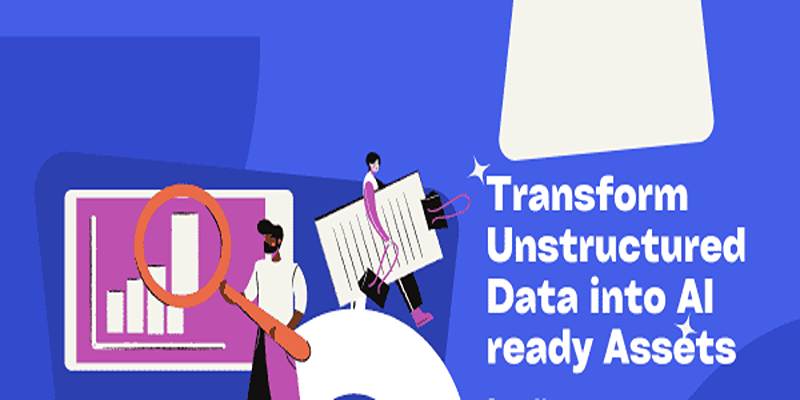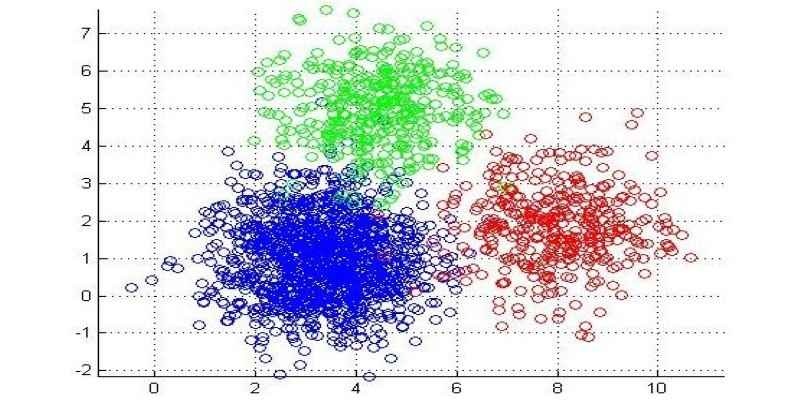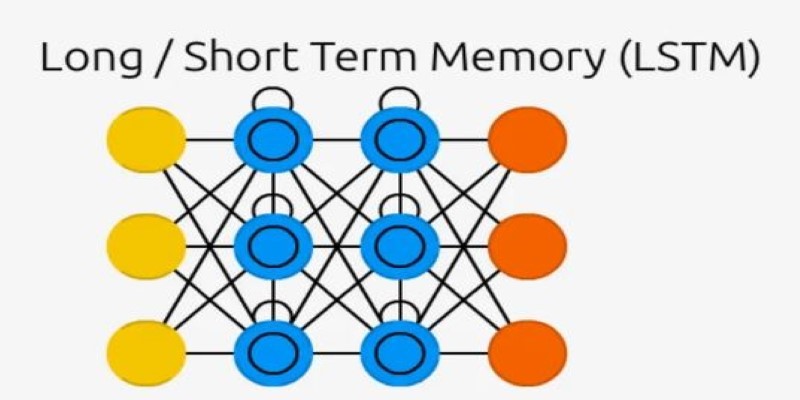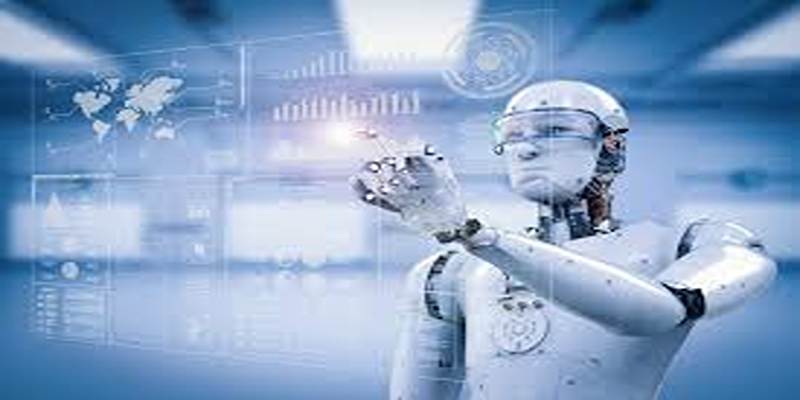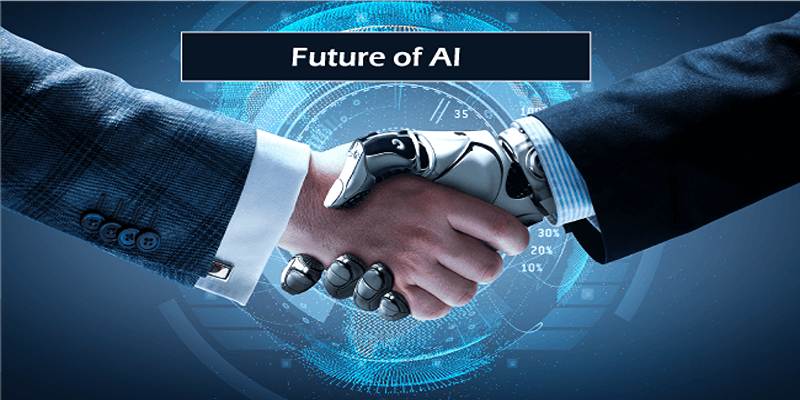Neural networks power much of the artificial intelligence we see today, from voice assistants to self-driving cars. But how do these systems learn and improve over time? The answer lies in backpropagation, a method that helps AI refine its predictions by learning from mistakes. Imagine teaching a child to recognize animals—at first, they get things wrong, but with correction, they improve.
Backpropagation works the same way, adjusting a neural network’s internal settings until it gets closer to the right answer. Without it, modern AI wouldn’t exist as we know it. Let’s break down how this fascinating process actually works.
The Core Idea Behind Backpropagation
At its core, backpropagation is an error-minimization learning algorithm found in neural networks. When a neural network makes a prediction, it compares that prediction with the correct response. If it gets it wrong, backpropagation assists with modifying the network's internal settings so that the network will make a better guess next time. The name itself—"backpropagation"—comes from the idea of propagating errors backward through the network to improve learning.
A neural network is made up of layers of linked neurons, which process chunks of data. Input data reaches the network, and it processes through layers of these neurons, performing mathematical operations at every stage. What comes out at the end is the network's prediction. At first, the predictions tend to be bad because the system has no idea what does work yet. That's where backpropagation steps in.
The network first computes how much its prediction differs from the correct answer—this is referred to as an error. Subsequently, through the application of calculus, the network works backward, correcting the weights of its neurons layer by layer to reduce this error. It does this again and again until the network is at a stage where its predictions are as perfect as possible. In essence, backpropagation instructs the neural network on how to learn from errors.
How Backpropagation Works Step by Step?
Backpropagation follows a structured process to help neural networks learn from errors and improve their predictions over time.
Forward Pass: Generating an Output
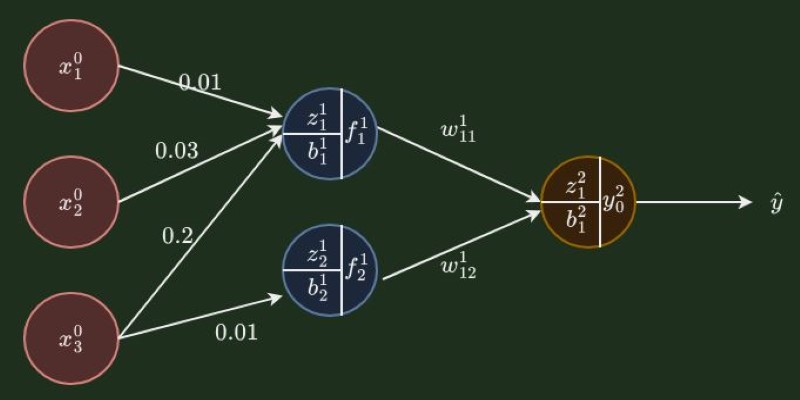
The process begins with a forward pass, where input data flows through the neural network layer by layer. Each neuron applies mathematical transformations, passing the information forward until the final output is produced. If the output aligns with the expected result, no adjustments are necessary. However, if there is an error, the network must correct itself through backpropagation.
Backward Pass: Measuring the Error
When an incorrect prediction occurs, the network calculates the error by comparing the predicted output with the actual result. This difference, often represented by a loss function, helps determine how far off the network’s prediction was. The key goal of backpropagation is to minimize this error by adjusting internal parameters.
Adjusting Weights Using Gradient Descent
Once the error is measured, the network identifies how much each neuron contributed to it. To correct mistakes, it fine-tunes the weights of neurons using an optimization algorithm called gradient descent. This method systematically updates the weights in small increments, guiding the network toward more accurate predictions over time.
Iterative Learning and Refinement
Backpropagation is a continuous learning process. With each training cycle, the network refines its weights, gradually improving its accuracy. Over multiple iterations, it learns to recognize patterns in data, allowing it to generalize and make precise predictions even on new, unseen inputs.
Why Backpropagation Is Essential for Neural Networks?
Without backpropagation, training deep neural networks would be nearly impossible. This algorithm allows artificial intelligence models to refine their decision-making over time. It is the foundation behind speech recognition, image processing, natural language understanding, and countless other AI applications.
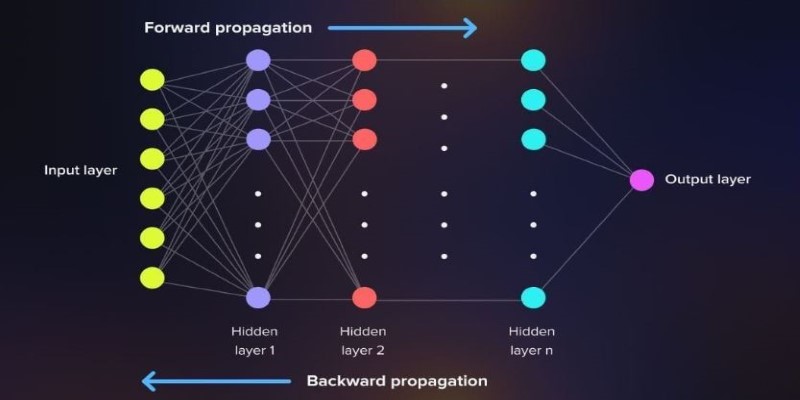
One of the biggest strengths of backpropagation is its efficiency. Rather than blindly adjusting weights, it strategically pinpoints where improvements are needed. This leads to faster learning and more accurate results. Backpropagation also enables deep learning models to handle complex tasks that traditional algorithms struggle with.
For instance, in facial recognition technology, a neural network must analyze subtle differences between faces. Without an effective learning method, the system would fail to distinguish between similar-looking individuals. Backpropagation ensures that the network continuously refines its ability to recognize unique facial features, making it more accurate with each iteration.
Despite its advantages, backpropagation is not perfect. It requires large amounts of data and computational power. Training deep networks can be time-consuming, especially with limited resources. Additionally, there’s always the risk of overfitting, where the model becomes too specialized in the training data and struggles with new inputs. However, with proper tuning and techniques like regularization, these challenges can be managed.
The Future of Backpropagation and Machine Learning
Backpropagation has long been a fundamental technique in AI, but researchers are constantly seeking ways to improve it. Some are exploring biologically inspired learning methods that mimic how the human brain processes information, aiming to create more adaptive and efficient neural networks. Others focus on optimizing backpropagation itself, working to reduce its computational demands so that AI models can be trained faster and with fewer resources.
Despite emerging alternatives, backpropagation remains essential for deep learning. Its ability to refine predictions and improve accuracy has transformed industries like healthcare, finance, and automation. As AI continues to evolve, backpropagation will likely be enhanced rather than replaced, ensuring that machine learning models become even more efficient and capable. The future may bring hybrid approaches that combine backpropagation with new learning techniques, pushing the boundaries of AI’s potential and making intelligent systems more accessible to a wider range of applications.
Conclusion
Backpropagation neural networks form the backbone of modern AI, enabling machines to improve their accuracy through continuous learning. By refining errors and adjusting internal weights, this method transforms raw data into intelligent predictions. While it comes with challenges, its efficiency and effectiveness make it indispensable in deep learning. As technology progresses, backpropagation will evolve alongside it, ensuring that AI systems become even smarter and more capable.

